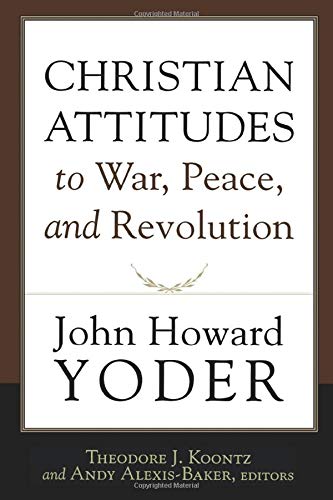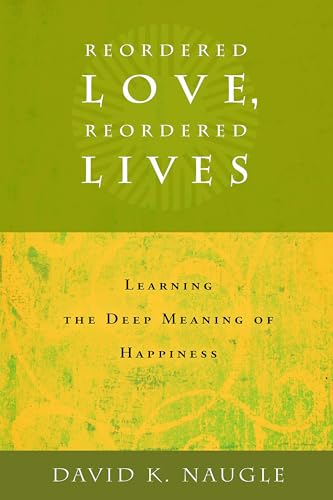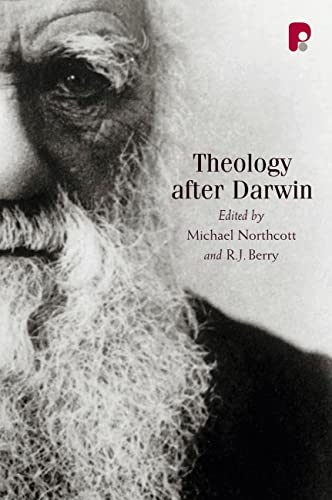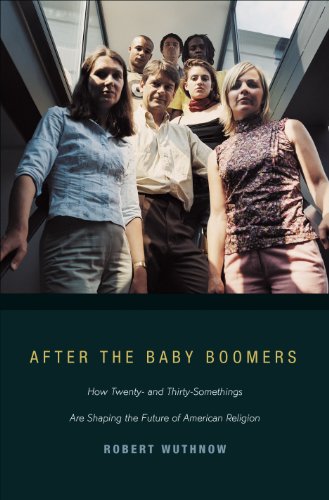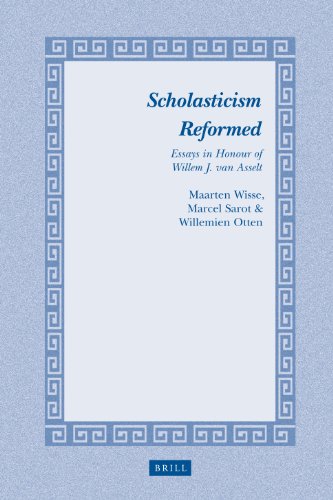Christian Attitudes to War, Peace, and Revolution
Written by John Howard Yoder Reviewed By Guido de GraaffAlthough published posthumously, this volume contains material not altogether unknown to its prospective readership. Christian Attitudes to War, Peace, and Revolution is the latest version of a lecture series which Yoder taught to generations of students, from 1966 until just before his death in 1997. The series is based on a course by Guy Hershberger, which Yoder attended himself when he was a student at Goshen College (Indiana, USA). Inheriting the course from Hershberger, he chose to use Roland Bainton’s Christian Attitudes Toward War and Peace (1960) as his key textbook, and organised the lectures around it. In later years, when Bainton’s book became increasingly dated, Yoder began to edit his lecture material with a view to publishing it as a self-standing book. In his lifetime, this project did not advance further than several revisions of the lecture transcripts which long had been available to his students. It is only with the present volume that Yoder’s wish is realised: the editors streamlined and substantially shortened the text of the 1983 edition, thus making it more suitable for a wider readership. The result is still generous in size, retaining much of the original material, including its colloquial style. Users of the book will have to accept its genre for what it is—holding the middle between transcript and textbook. What they will get in return is a sense of what it must have been like to sit at the feet of the master and how entertaining it must have been.
Yoder’s principal aim in these lectures is to ‘provide the historical background students would need before they could proceed to do original thinking on issues of war and peace’ (p. 15). Accordingly, the largest part of the lecture series (now presented as chapters) consists of a survey of how Christians (and Jews) throughout the centuries have responded in thought and practice to war—‘just war’ and ‘pacifism’ being the two major responses. The structure of the survey is roughly chronological: having offered in chapter 2 a typology of four basic attitudes to war (‘blank checks’ ‘holy war,’ ‘just war,’ and ‘pacifism’), Yoder discusses just war reasoning as it developed since the conversion of Roman Emperor Constantine (chs. 3–8); proceeds to chart the several types of pacifism that have emerged since the Middle Ages (chs. 9–17); then describes how in the 1940s Reinhold Niebuhr reframed the debate on war and peace (chs. 18–21); and concludes with an overview of relevant developments in the second half of the twentieth century (chs. 22–26). Yoder abandons his historical approach only in chapters 20–21, where he offers a reading of the NT that challenges Niebuhr’s typology of pacifism—a reading that will be familiar to students of The Politics of Jesus (1972).
A key theme in chapters 2–8 is the ‘Constantinianism shift’: the point at which the Church ceased to be a persecuted minority in the Roman Empire and began its long career as an established institution, advising emperors and princes on political matters, including war. According to Yoder, this story of emancipation is really a tale of corruption and decline—of the Church adopting secular standards of political prudence, abandoning its faith in the power of the Crucified. This critique of Christendom is crucial to Yoder’s pacifist counter-proposal. In fact, it’s this critique that has become a commonplace in contemporary theological pacifism. It is not surprising, therefore, to find that within the book these early chapters stand out in terms of significance. ‘At the same time, however, these chapters are slightly disappointing. The problem is not so much Yoder’s evaluation of Christendom as such (that is another matter) as the way in which it is presented. Consider the following: Augustine’s thought is a consensus kind of moral thought.… It just asks, does that make sense to all of us? Is that part of our cultural agreement?’ (p. 64). Sweeping claims like these may be fine as long as they are voiced in a classroom, serving to help students navigate through the complex history of Christian thought—or (in this case) appreciate the change in attitudes when moving from the early Church to the world of Augustine. When committed to the pages of a book, however, these phrases simply beg for more evidence, precision, and nuance. It is here, then, that style does pose a problem. Indeed, the force of Yoder’s characterisations comes close to relying on the very thing he set out to criticise—the perception of common sense.
More successful, perhaps, is the part in which Yoder describes the various types of pacifist practice and thought that have emerged over the centuries (chs. 9–17). The chapters on the ‘First’ Reformation in Bohemia (ch. 11), Anabaptism (ch. 12) and the Quaker ‘Holy Experiment’ in Pennsylvania (ch. 15)—to name a few examples—do more than ‘just’ provide historical background; they offer interesting and sometimes surprising assessments of the times and movements that are discussed. It is throughout the book, in fact, that Yoder challenges his readers (formerly his students) to reconsider their preconceptions and prejudices. His account of the role played by the Reformation in the ‘legitimisation’ of warfare (ch. 8) is a good example; or the relation he establishes between Reinhold Niebuhr’s rejection of pacifism and the pacifist revival among twentieth-century Mennonites (chs. 18–19). It is observations such as these that make reading Christian Attitudes truly rewarding.
Guido de Graaff
Harris Manchester College
Oxford, England, UK
Other Articles in this Issue
Most of us, I suspect, develop fairly standard ways, one might even say repetitive ways, to appeal to the motivations of our hearers when we preach the gospel...
How to Write—and How Not to Write—A Review: An Appreciative Response to Reviews of Ancient Near Eastern Themes in Biblical Theology by Dempster and Edgar
by Jeffrey J. NiehausI want to thank Themelios for the unusual opportunity to interact with two reviewers of my book Ancient Near Eastern Themes in Biblical Theology...
Parallels, Real or Imagined? A Review Article of Jeffrey J. Niehaus, Ancient Near Eastern Themes in Biblical Theology
by William EdgarWhen I came to Westminster Theological Seminary in Philadelphia as a young student in the 1960s, two things struck me...
Why Evangelicals Should Ignore Brian McLaren: How the New Testament Requires Evangelicals to Render a Judgment on the Moral Status of Homosexuality
by Denny BurkIn 2006 on Christianity Today’s leadership blog, Pastor Brian McLaren urged evangelical leaders to find a “Pastoral Response” to their parishioners on the issue of homosexuality...
A Member of the Family or a Stranger? A Review Article of Jeffrey J. Niehaus, Ancient Near Eastern
by Stephen DempsterWe cannot overstate how important knowing the context is for understanding the significance of any communication, whether that is a simple word, sentence, paragraph, larger text, sign, photograph, or cultural cue...


